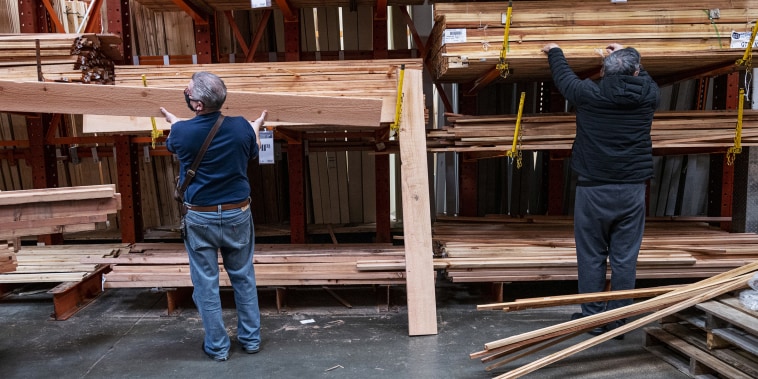The recent trend in the housing market depicts a shift in homeowner behavior when it comes to remodeling their properties. While fewer homeowners are engaging in remodeling projects, the demand for such services remains solid. This change signifies a nuanced understanding of homeowner preferences and market dynamics.
One key factor contributing to the decrease in homeowners undertaking remodeling projects is the current state of the economy. With uncertainties surrounding job security and financial stability, individuals are more cautious about investing large sums of money into home renovations. This conservative approach is reflective of the overarching theme of financial prudence that has been prevalent in recent years.
Additionally, the shift towards a more minimalist and sustainable lifestyle is influencing homeowner decisions regarding remodeling. Many homeowners are opting for simpler, more functional spaces that require minimal maintenance and upkeep. This trend is in line with the growing awareness of environmental issues and the desire to reduce one’s carbon footprint.
Another factor at play is the increasing availability of affordable housing options. As the real estate market continues to evolve, more homeowners are exploring the option of selling their current properties and purchasing new homes rather than investing in extensive remodeling projects. This trend is particularly pronounced among younger demographics who prioritize convenience and flexibility.
Despite the decrease in the number of homeowners remodeling their properties, the demand for remodeling services remains strong. This paradox can be attributed to several factors, including the aging housing stock in many regions. As older homes require maintenance and updates, the demand for remodeling services persists, albeit in a different capacity.
Moreover, as homeowners increasingly prioritize quality over quantity, there is a growing emphasis on hiring professionals to handle remodeling projects. This shift towards professional services has led to a surge in demand for skilled contractors and designers who can deliver high-quality results.
In conclusion, the current landscape of the housing market reflects a nuanced interplay of economic, social, and environmental influences on homeowner behavior. While fewer homeowners are undertaking remodeling projects, the demand for such services remains solid, driven by factors such as the aging housing stock, evolving homeowner preferences, and the availability of professional services. Understanding these dynamics is crucial for industry professionals to adapt to changing trends and meet the evolving needs of homeowners in the future.





























